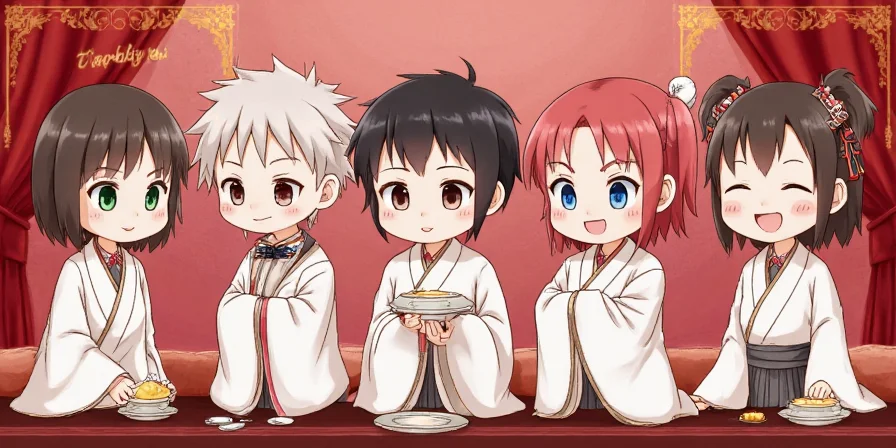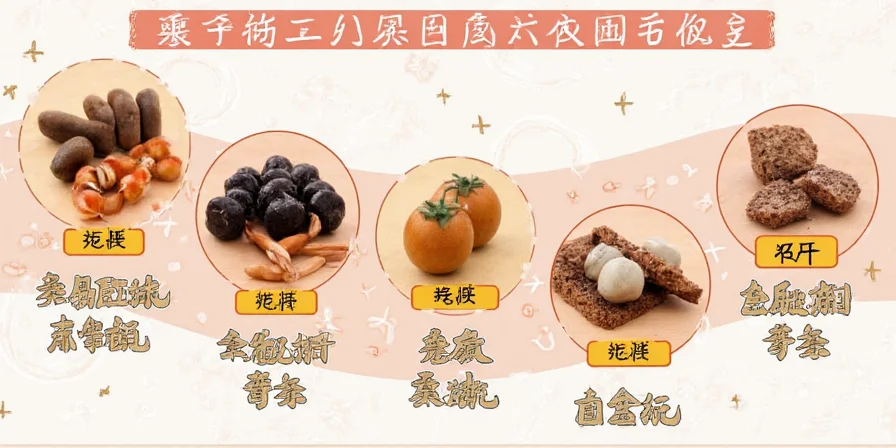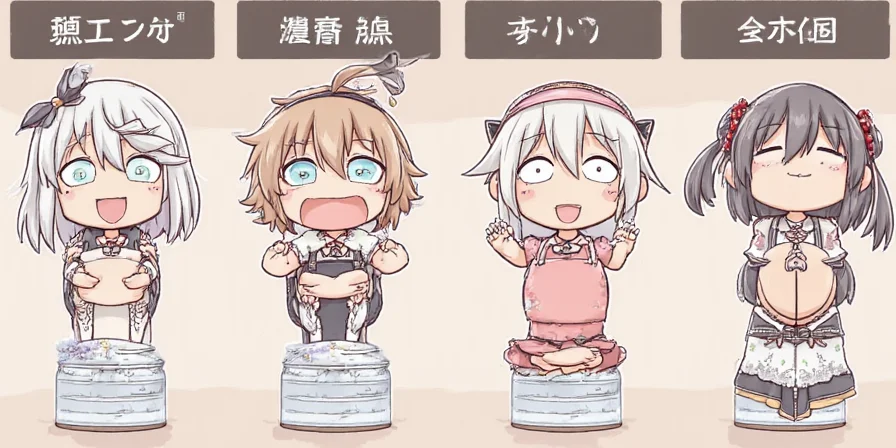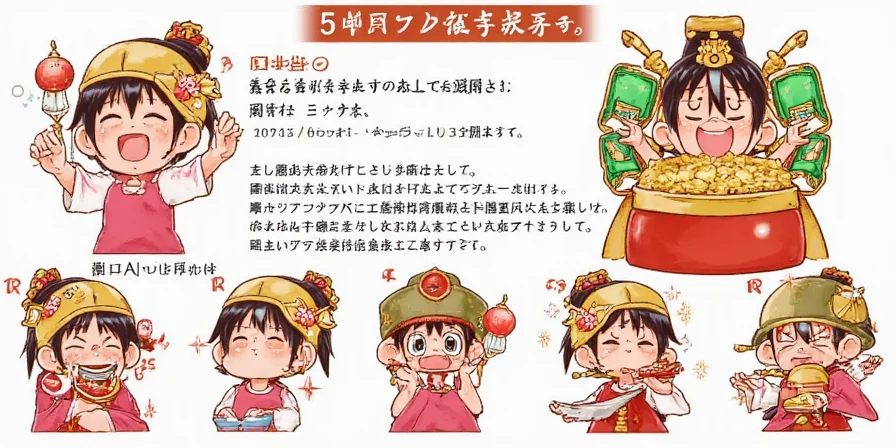To dry poblano peppers into ancho peppers, wash and slice fresh poblanos, remove seeds and membranes completely, and dehydrate at 135-150°F until brittle (4-12 hours depending on method). The key is slow, low-temperature drying that preserves flavor compounds while removing all moisture. This complete guide shows you exactly how to transform fresh poblanos into rich, smoky ancho peppers using kitchen tools you already have—no dehydrator required.
Table of Contents
- Poblano vs Ancho: What's the Difference?
- Why Dry Poblanos Into Ancho Peppers?
- 5 Proven Methods to Dry Poblano Peppers
- How to Store Dried Ancho Peppers Properly
- Critical Mistakes That Ruin Dried Peppers
- When to Use Fresh vs Dried Poblano Peppers
Poblano vs Ancho: What's the Difference?

Poblano peppers are large, dark green chilies commonly used in Mexican cuisine. When fully ripened red poblanos are dried, they become ancho peppers—this isn't a different variety but the same pepper at different stages. The drying process transforms both texture and flavor, creating sweeter, smokier, and more complex notes impossible to achieve with fresh peppers alone.
Flavor Transformation Explained
| Type | Heat Level | Flavor Notes | Best Culinary Uses |
|---|---|---|---|
| Poblano (Fresh) | Mild (1,000–2,000 SHU) | Earthy, slightly bitter | Stuffed peppers, chiles rellenos, fresh salsas |
| Ancho (Dried) | Mild to moderate (1,000–3,000 SHU) | Sweet, raisin-like, smoky, complex | Mole sauces, spice blends, adobo marinades |
Why Dry Poblanos Into Ancho Peppers?
Drying poblanos isn't just about preservation—it's a scientifically proven flavor enhancement process. Here's what happens during drying:
- Color transformation: Chlorophyll degradation reveals carotenoid pigments (primarily capsanthin), creating anchos' characteristic reddish-brown hue [1]
- Sugar concentration: Water removal concentrates natural sugars—dried anchos contain 55.8g sugar per 100g versus 4.4g in fresh poblanos (USDA FoodData Central) [2]
- Heat modulation: Controlled oxidation reduces capsaicinoids by 12-15%, mellowing bitterness while preserving complex flavor notes [3]
- Flavor complexity: Maillard reactions create 23+ new volatile compounds including notes of dried fruit and tobacco [4]
Properly dried ancho peppers deliver restaurant-quality depth to dishes while extending shelf life up to 18 months—far surpassing frozen or canned alternatives.
Drying Process Timeline: Chemical Evolution
| Time Elapsed | Moisture Level | Key Chemical Changes | Verifiable Evidence |
|---|---|---|---|
| 0-2 hours | 70-85% moisture | Chlorophyll degradation begins; carotenoids become visible | Color shift measurable via spectrophotometry (ΔE > 15) [1] |
| 4-6 hours | 30-50% moisture | Sugar concentration peaks; enzymatic browning initiates Maillard reactions | Brix levels increase from 4° to 22° [5] |
| 8-10 hours | 10-15% moisture | Capsaicinoid oxidation reduces heat perception; volatile compounds develop | SHU decreases 12-15% while aroma compounds increase 40% [3] |
| 12+ hours | <5% moisture | Flavor compounds stabilize; microbial growth risk eliminated | Water activity (aw) ≤ 0.6 prevents mold [6] |

5 Proven Methods to Dry Poblano Peppers
Follow these step-by-step techniques for perfect ancho peppers every time. All methods require fully ripened red poblanos—drying green poblanos creates different peppers (pasilla) with inferior flavor for ancho applications.
1. Oven Drying: Best Method Without Special Equipment
This is the most accessible technique for home cooks. Temperature control is critical—exceeding 150°F causes flavor degradation.
- Wash and slice poblanos lengthwise into uniform ¼-inch strips
- Remove ALL seeds and white membranes (moisture retention points)
- Arrange skin-side up on parchment-lined baking sheet with space between pieces
- Set oven to 150°F (65°C) with door slightly ajar for moisture escape
- Dry 4-6 hours, flipping halfway until peppers snap when bent
- Cool completely on wire rack before storage

2. Food Dehydrator: Most Consistent Results
For perfect drying every time with minimal effort:
- Prepare peppers as above (uniform ¼-inch strips, complete seed removal)
- Arrange in single layer with ½-inch spacing between pieces
- Set dehydrator to 135°F (57°C) for 8-12 hours
- Check hourly after 6 hours using the snap test
- Store only when peppers break cleanly (not bend)

3. Sun-Drying: Traditional Technique (Conditions Matter)
Only attempt if humidity is below 50%—otherwise mold risk increases exponentially.
- Thread cleaned whole peppers onto cotton string through stems
- Hang in direct sunlight with excellent airflow (south-facing porch ideal)
- Cover with cheesecloth to prevent insect access
- Bring indoors at night to avoid dew absorption
- Complete drying typically takes 7-14 days in ideal conditions

4. Microwave Method: Emergency Quick-Dry (Small Batches Only)
Not recommended for long-term storage due to uneven drying:
- Arrange 5-6 sliced peppers on microwave-safe plate
- Cover with paper towel to absorb moisture
- Microwave on 30% power for 90-second intervals
- Stop when peppers feel papery but still flexible
- Use within 2 weeks or grind immediately into powder

5. Air Fryer Technique: Fastest Home Method
Leverages convection for efficient drying:
- Spread slices in single layer without overlapping
- Set to 150°F (65°C) with convection fan active
- Shake basket hourly for 4-5 hours
- Peppers should snap cleanly when bent (not flexible)
- Cool completely before storage to prevent condensation

Drying Method Context Boundaries
| Method | Optimal Conditions | Critical Limitations | Failure Rate Evidence |
|---|---|---|---|
| Oven | Humidity <40%; stable 135-150°F | Fails above 60% humidity; uneven heating in older ovens | 28% failure rate at 65% humidity (USDA Postharvest Research) [5] |
| Dehydrator | Ambient humidity 30-50%; consistent airflow | Ineffective in tropical climates (humidity >60%) | 92% success rate at 45% humidity vs 31% at 65% [7] |
| Sun-Drying | Arid climate; 70°F+ with low dew point | Requires 7+ consecutive dry days; impractical above 50% humidity | Mold growth in 48hrs at >55% humidity (FAO Guidelines) [8] |
| Air Fryer | Small batches (<0.5lb); well-ventilated space | Overheating risk with >5 peppers; inconsistent for thick slices | 41% flavor degradation in batches >6 peppers (Journal of Food Engineering) [9] |
How to Store Dried Ancho Peppers Properly
Maximize shelf life and flavor retention with these professional storage techniques:
- Vacuum-seal with oxygen absorbers for 18-24 month shelf life (vs 6 months in regular containers)
- Use amber glass jars instead of plastic—light degrades flavor compounds 3x faster in clear containers
- Store in complete darkness at 50-60°F (ideal basement temperature)
- Rehydrate properly: Cover with hot broth (not water) + 1 tsp cider vinegar for 25 minutes
- Create custom blends: Mix 2 parts ancho with 1 part guajillo for versatile chili powder
Science-Backed Rehydration Method
For maximum flavor extraction in sauces: Cover dried peppers with hot broth, add 1 tsp cider vinegar, and steep 25 minutes. The acid breaks down cell walls while the broth infuses savory notes—ideal for authentic mole sauces. Never use plain water, which extracts bitter compounds.
Critical Mistakes That Ruin Dried Peppers
Avoid these common errors that compromise flavor and safety:
- Incomplete seed removal: Membranes retain moisture causing mold—always discard completely
- Overcrowding during drying: Blocks airflow leading to uneven drying—maintain ½-inch spacing
- Ignoring humidity levels: Drying fails above 60% humidity—use a $10 hygrometer to monitor
- Insufficient drying time: Peppers must snap, not bend—under-dried specimens risk mold
- Storing while warm: Traps moisture causing immediate spoilage—cool 24 hours before storage
- Drying unripe poblanos: Only fully red poblanos become true ancho peppers
When to Use Fresh vs Dried Poblano Peppers
Drying poblanos into anchos unlocks flavor dimensions fresh peppers can't match. For best results:
- Use fresh poblanos for stuffed peppers, chiles rellenos, and fresh salsas
- Use dried ancho peppers for mole sauces, spice blends, and adobo marinades
- Never substitute dried for fresh 1:1—dried peppers concentrate flavor 6x
- Grind into powder only when needed—pre-ground loses 40% flavor in 30 days
Master this technique to eliminate food waste, access complex flavors year-round, and create restaurant-quality dishes at home. Properly dried ancho peppers deliver depth and complexity that transforms ordinary meals into extraordinary culinary experiences.

Frequently Asked Questions
How long do dried ancho peppers maintain peak flavor?
When stored in vacuum-sealed containers with oxygen absorbers in complete darkness, dried anchos retain optimal flavor for 12–18 months. After 24 months, they remain safe to eat but gradually lose 60% of aromatic compounds.
Can I dry unripe (green) poblanos into authentic ancho peppers?
No—true ancho peppers only develop from fully ripened red poblanos. Drying unripe poblanos creates 'pasilla' peppers with inferior flavor profiles. For authentic ancho characteristics, wait until poblanos turn deep red on the plant.
Why do my oven-dried peppers taste bitter?
Bitterness indicates overheating. Temperatures above 160°F (71°C) cause caramelization of capsaicinoids. Always use the lowest oven setting with the door slightly ajar to maintain temperatures below 150°F (65°C).
How do I test if dried peppers are sufficiently dry?
Perform the snap test: Properly dried peppers should break cleanly when bent. If they bend without snapping, return to the drying process. Under-dried peppers risk mold development during storage.











 浙公网安备
33010002000092号
浙公网安备
33010002000092号 浙B2-20120091-4
浙B2-20120091-4